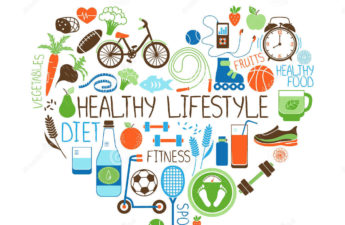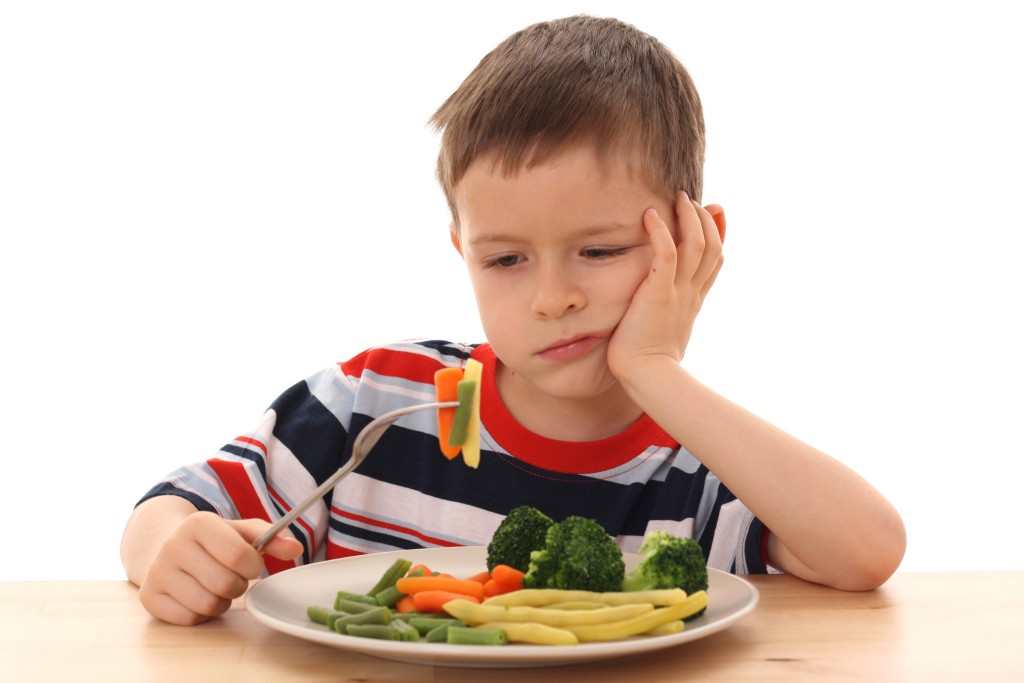Babies need fats!
After my post about rice cereal, many people starting asking me questions about starting solids. Since most people are familiar with the basics (one new food every couple of days; start with 1-2 tablespoons of pureed foods and stop when your baby loses interest; offer solids at least twice a day in the beginning, aiming for 3 meals plus or minus snacks), I want to talk a little about offering fatty foods to infants and toddlers.
It seems that most first foods are no-fat foods, like infant cereals (which we know I am anti) and pureed fruit and vegetables. These foods are virtually fat-free, but babies actually rely on healthy fats for growth and development. That is probably why, in countries like India, babies and children are fed spoons full of ghee, or clarified butter. Although I am not generally a proponent of feeding children ghee, I do recommend including healthy fats in a baby’s diet, for two main reasons. One, brain development taking place in the first two or so years of life requires fats. Two, healthy fats may have positive long-term effects on metabolism. We are just beginning to learn about how our genetic make-up is influenced by what we eat. Predominant exposure to sugars and unhealthy fats may negatively impact a baby’s metabolic future, i.e., make him more likely to have heart disease, diabetes, high blood pressure or obesity. Improving healthy fat intake and reducing sugar load may both be vital in positively impacting the blueprints we are born with.
Don’t get me wrong. Fruits and vegetables are full of healthy nutrients—this cannot be overemphasized! However, I just want us all to remember that fats are also an essential part of our bodies, involved in everything from providing energy to lining our cells to regulating gene function.
Here are some ideas on how to easily incorporate healthy fats into your child’s (or your) diet.
Avocados. As I have mentioned before, avocado is a fantastic first food, rich in monounsaturated fats that improve lipid profiles in adults (maybe children as well?). Avocado is easy to puree or mash with a fork. Plus, once babies are 8-10 months olds, they can usually pick up bite-size chunks of avocado. And as a friend recently mentioned, it is an easily portable food—another perk.
Seeds. Seeds are great foods, abundant in vitamins and minerals. However, seeds like pumpkin and sunflower are tough for little ones, since they are hard to swallow. Chia seeds and ground flax seeds are my favorite due to their ease of use (in people of all ages and dental development!) and their high omega-3 content. I will soon do a post on omega-3 fats in particular, but for now, let me summarize by saying omega-3 fats are touted for their anti-inflammatory properties and their importance in brain and eye development. Chia seeds or ground flax seeds and can be mixed into oatmeal, smoothies, beans/lentils or virtually anything, and they are easily eaten by babies and toddlers. You can sprinkle a teaspoon or so onto your food of choice (adult serving size is about a tablespoon). Note, flax seeds must be ground to be effective but chia seeds can be eaten whole.
Sesame seeds are also a simple, sprinkle-able, addition to a child’s foods (thank you to my cousin, Ramesh, in India, for reminding me how great sesame is!). They are rich in many vitamins and minerals, including calcium and iron.
Added bonus: seeds, especially flax and sesame, are rich in lignans, plant chemicals that have anti-oxidant properties.
Whole milk yogurt. Of the saturated fats out there, dairy is probably the healthiest, and yogurt is an easy and fast food to add into your child’s diet. Don’t fall into the marketing ploy of “baby yogurt!” Most yogurts marketed for babies are organic and made of whole milk. You can buy any whole milk yogurt, though baby-friendly single-serving packages are convenient for daycare lunches. I always recommend plain yogurt, not the sweetened fruit-flavored yogurts. You can add your own fruits (berries, bananas, peaches) or mix the yogurt with other types of foods. I mix veggies into yogurt all the time. With younger babies, puree your foods and mix them into the yogurt. As kids get older, you can add in food with more texture. Kids tend to love yogurt, so it is an easy way to mix in all sorts of goodness.
Eggs. Eggs are a quick and filling source of fats. Depending on the quality of the egg, it may even contain good doses of omega-3 fats. For babies, take the yolk of a boiled egg (the yolk contains the fat) and mash it. Since it is powdery, I would mix it in with a pureed vegetable, like squash or sweet potato. As infants get older, they can pick up quartered pieces of egg yolk (note: I often recommend starting with yolks before whites since yolks may be tolerated better than whites. Also, the yolk contains the fat while the white contains the protein).
Nuts and nut butters. The problem with nuts is that they are a choking hazard. However, they can be crushed or powdered to a level your child can tolerate. I sprinkled powdered walnut on my daughter’s oatmeal (she was eating rolled oats, since we know how I feel about baby cereals) in her 6th or 7th month. Walnuts and almonds are great, rich in healthy fats, vitamins, anti-oxidants and protein. I would recommend you discuss with your doctor if you are worried about allergic reactions. Personally, I tell parents that there is no reason to avoid any food after the age of six months, unless, of course, the parent does not feel comfortable.
Parting advice—all fat is not created equal. Watch out for saturated fats and trans fats. Both are generally bad for heart health but may also cause harm in other ways. As mentioned earlier, fats are involved in gene regulation. You cannot control too much of your gene function, but you certainly can avoid foods that may “turn on” bad genes and “turn off” good ones. My basic advice is everyone should watch their saturated fat intake and have a zero tolerance (yes, zero) for trans fat intake. Trans fats can be tricky because labels can read, “zero grams trans fat,” yet still contain up to half a gram. So if you are buying processed foods (naturally occurring trans fats are probably not as bad for you as those in processed foods), you have to read the entire label and avoid foods that contain partially hydrogenated oils.





Your blog is a wonderful resource for adults, too. Currently, I am taking a course on nutrition via open course ware through University of Washington and your subject matter is supplementing it beautifully. Plus I love the idea of recipes and suggested uses for food products. Thanks and keep up the good work!
Angel, loves the seeds advice. And I’m happy to see that I’ve been feeding Leo at least some of these (lots of avocado and whole milk yogurt). I should definitely give him more eggs, too… xox